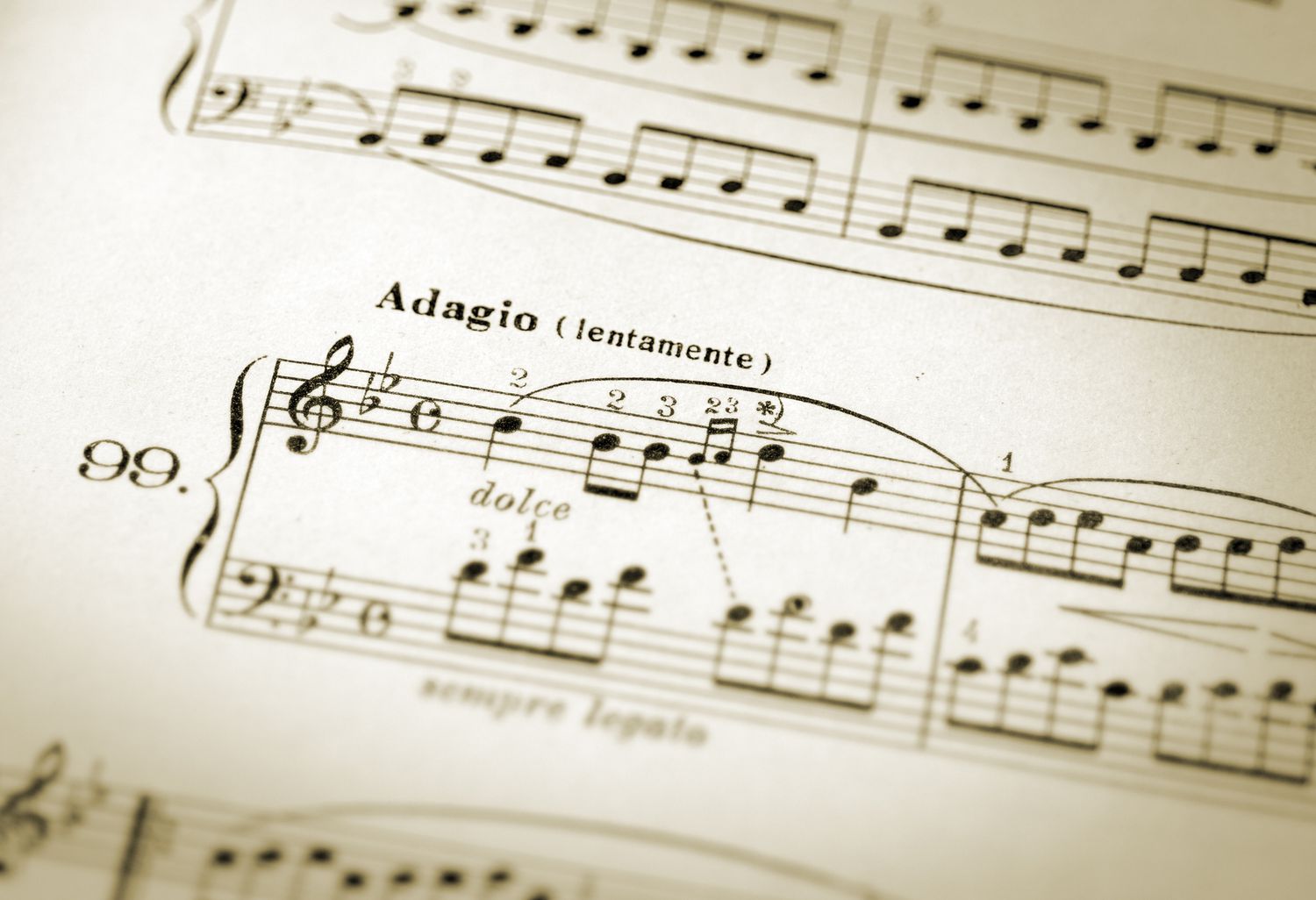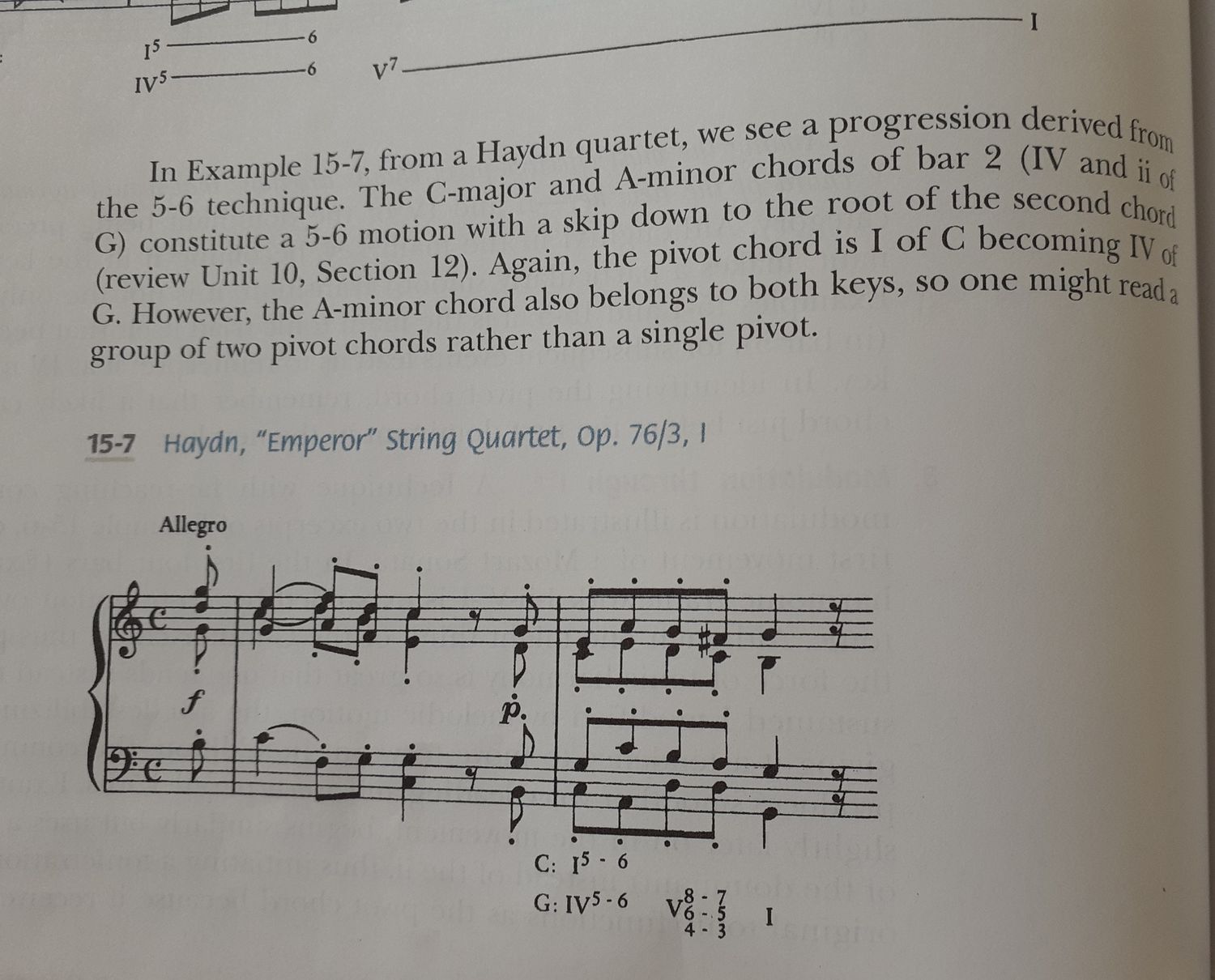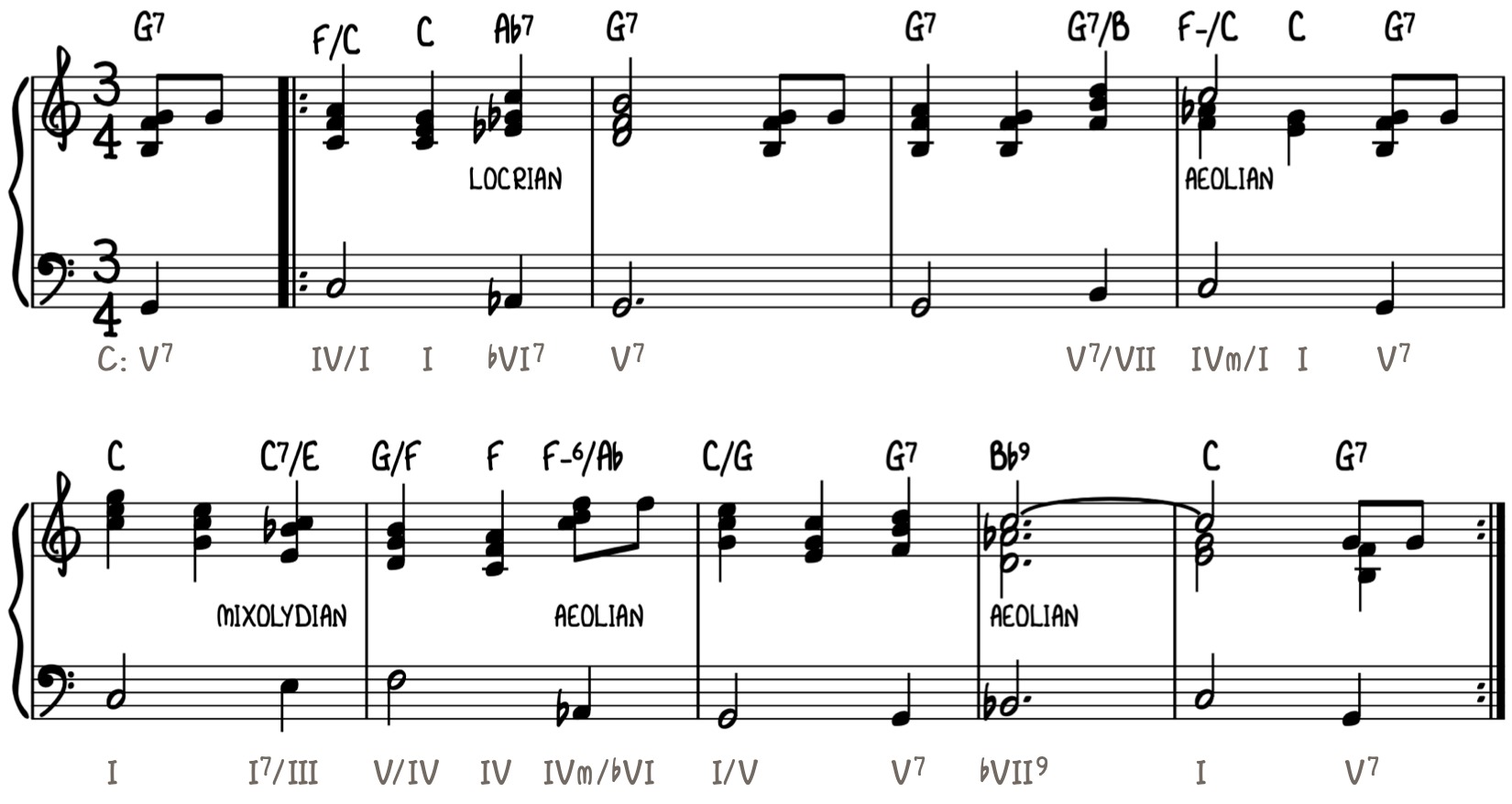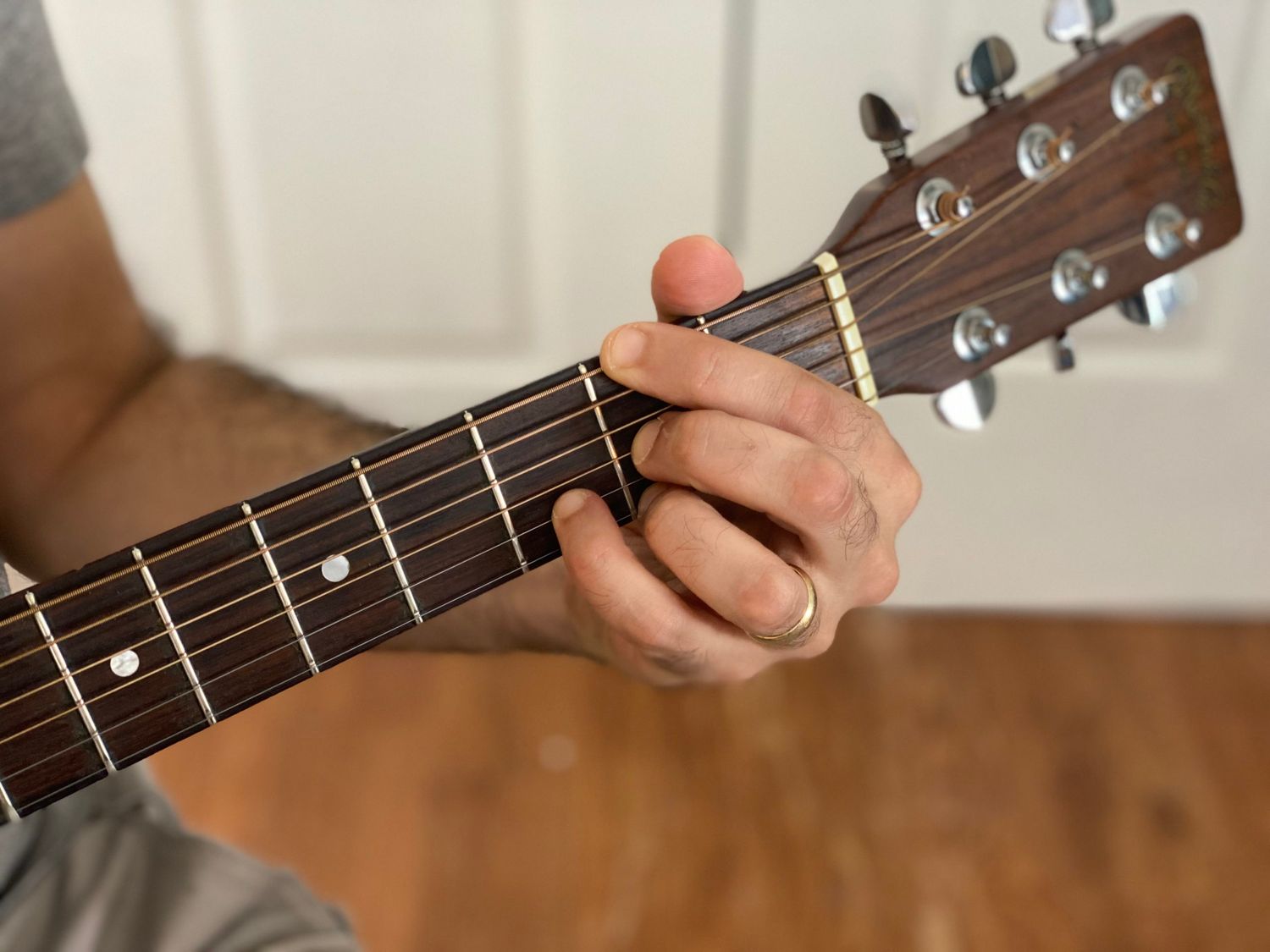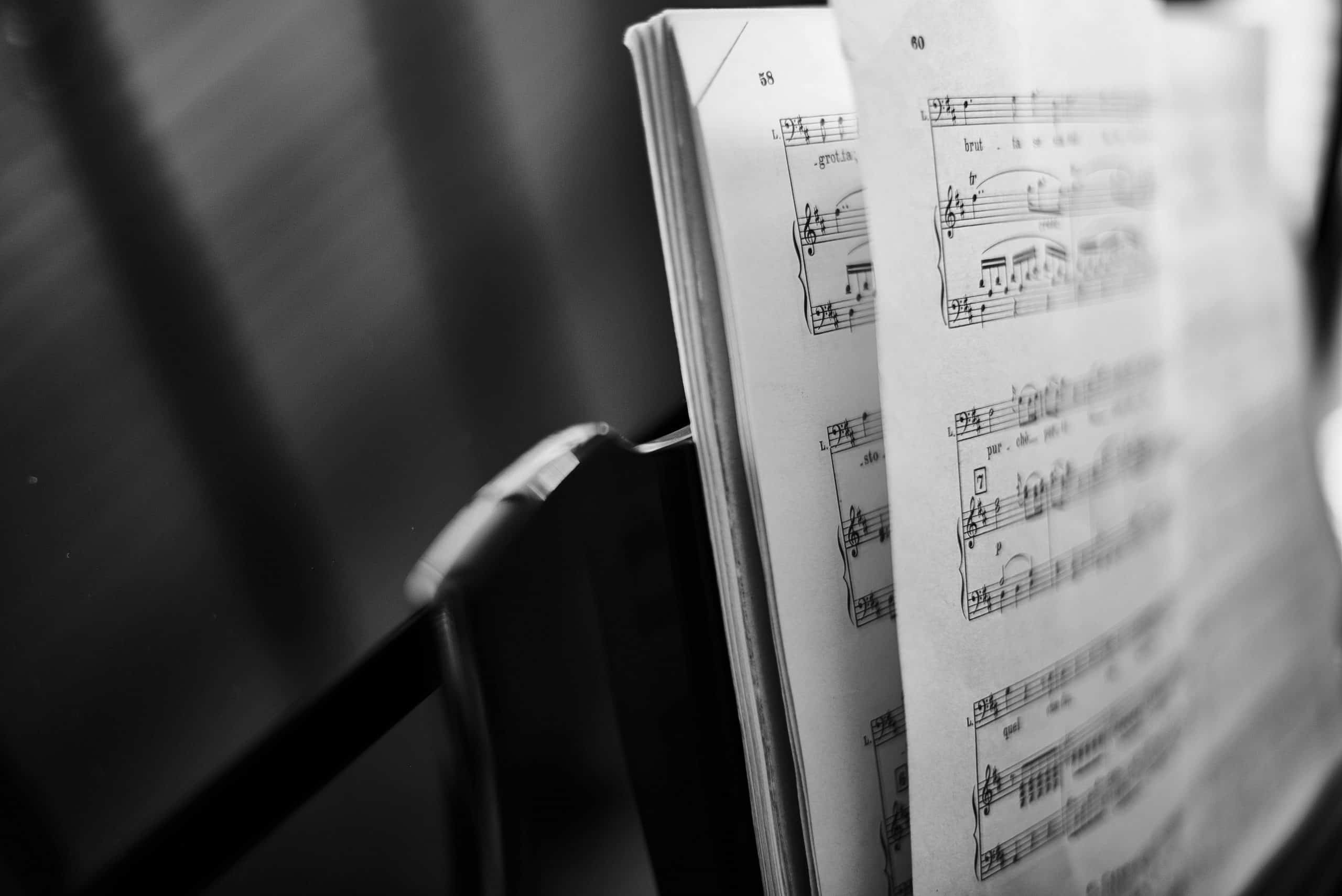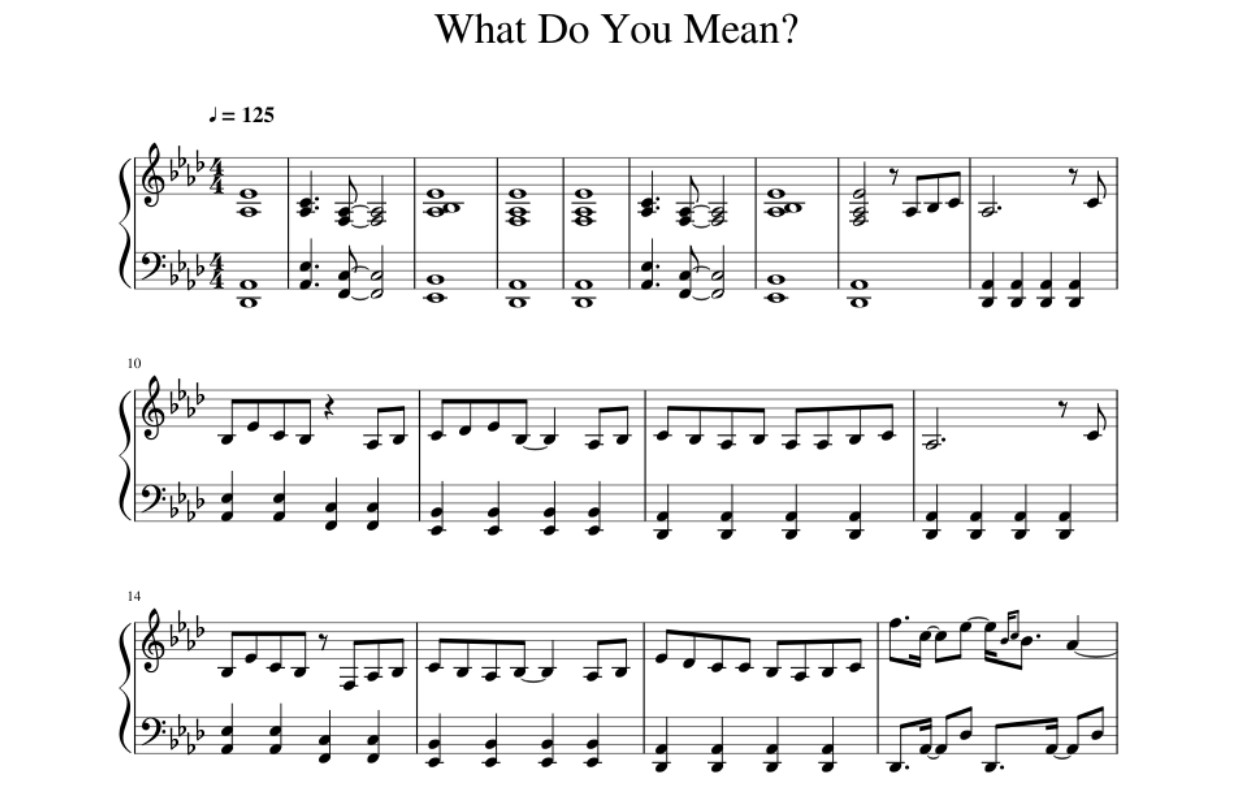Home>Production & Technology>Music Theory>What Do The Small Circles And Plus Signs In Music Theory Mean
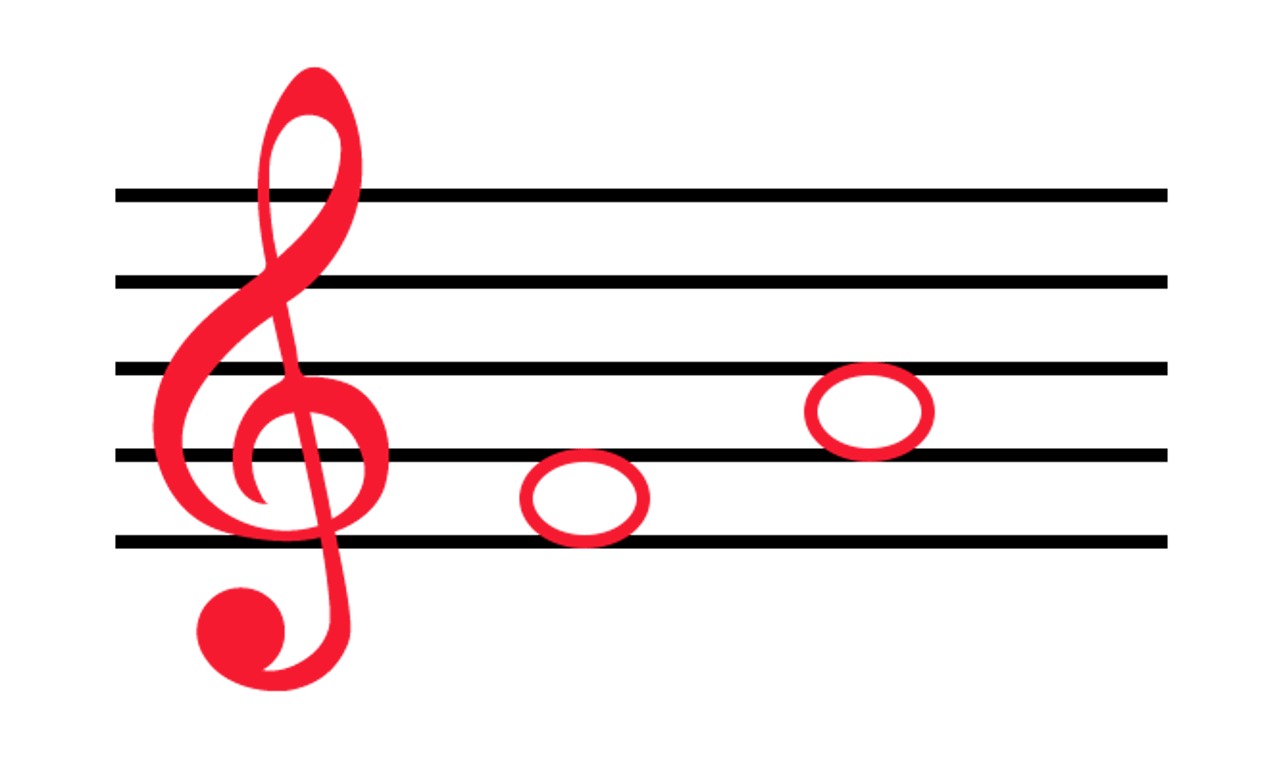

Music Theory
What Do The Small Circles And Plus Signs In Music Theory Mean
Published: January 30, 2024
Learn about the meaning of small circles and plus signs in music theory. Expand your understanding of music theory with insights into these symbols.
(Many of the links in this article redirect to a specific reviewed product. Your purchase of these products through affiliate links helps to generate commission for AudioLover.com, at no extra cost. Learn more)
Table of Contents
Introduction
Music theory is the study of the principles and techniques used in music. It provides a systematic framework for understanding and analyzing the various elements of music, such as pitch, rhythm, and harmony. Within music theory, there are several notation symbols that are used to represent different musical concepts and ideas.
In this article, we will explore two commonly used symbols in music theory: the small circle and the plus sign. These symbols can be found in musical scores and sheet music, and understanding their meaning and significance can greatly enhance one’s comprehension and interpretation of a piece of music.
Whether you are a seasoned musician, a music student, or simply someone with an interest in music, gaining a deeper understanding of these symbols will give you further insight into the structure and intention behind the music you listen to or perform.
So, let’s dive in and unravel the mystery behind the small circles and plus signs in music theory!
Basic Notation Symbols in Music Theory
Before we delve into the meanings of the small circles and plus signs in music theory, let’s establish a foundation by discussing some basic notation symbols that are commonly used in music.
Music notation is a system of writing down musical sounds and rhythms to be read and interpreted by musicians. It uses a variety of symbols to represent different elements of music, including notes, rests, clefs, time signatures, and dynamics.
Notes are the fundamental building blocks of music notation. They represent specific pitches and durations. In standard notation, notes are represented by oval-shaped symbols, situated on or between horizontal lines called staff lines. The position of a note on the staff indicates its pitch, while the shape and presence of additional symbols indicate its duration.
Rests, on the other hand, represent periods of silence or pauses in the music. They are denoted by symbols that resemble notes but have different shapes, such as a filled-in rectangle for a whole rest or various combinations of vertical lines for shorter rests.
Clefs are symbols placed at the beginning of a staff to indicate the pitch range of the notes. The most common clefs are the treble clef, used for higher-pitched instruments like the piano or the violin, and the bass clef, used for lower-pitched instruments like the cello or the tuba.
Time signatures, represented by fractions, indicate the organization of beats in a musical piece. The top number indicates the number of beats per measure, while the bottom number represents the note value that receives one beat.
Dynamics, denoted by symbols like f (forte) and p (piano), indicate the volume or intensity of a musical passage. They provide guidance to musicians on how loud or soft to play specific parts of a composition.
These are just a few examples of the numerous symbols used in music notation. Mastering these symbols is essential for reading and interpreting sheet music accurately.
The Small Circle Symbol in Music Theory
Now let’s turn our attention to the small circle symbol in music theory. You may have come across this symbol in sheet music and wondered what it signifies.
The small circle, also known as a “fermata,” is placed above or below a note to indicate that it should be held for a longer duration than its written value. Essentially, it functions as a pause or a prolongation of the note’s length.
When a fermata is placed above a note, it indicates that the note should be held for a slightly longer duration, extending its value by a few beats. The exact length of the pause is at the discretion of the performer or conductor and may vary in different interpretations of the music.
Conversely, when a fermata is placed below a note, it signifies a brief pause or a slight delay in the progression of the music without significantly prolonging the note’s duration.
The small circle symbol allows performers to add expressiveness and personal interpretation to the music. It provides opportunities for musicians to create dramatic pauses, add embellishments, or emphasize certain musical phrases or moments.
It’s important to note that the exact length of the pause or prolongation indicated by the fermata is subjective and may vary depending on the context, the style of the music, and the performer’s artistic choices.
The presence of the fermata symbol adds a sense of freedom and individuality to the performance, allowing musicians to inject their own musical personality into the interpretation.
Next time you come across a small circle symbol in a piece of music, take a moment to appreciate the artistic license it grants and the opportunity it provides for expressive and nuanced performances.
Meaning of Small Circles in Music Theory
While we have already touched upon the function of the small circle symbol in music theory, let’s now delve deeper into its broader meanings and implications.
The small circle, or fermata, is not just a symbol that denotes a pause or a prolongation in the music. It also signifies a moment of musical expression and interpretation. When a fermata is encountered in a score, it prompts the performer to take some artistic liberties and make decisions about how long to hold the note and how to shape the musical phrase.
The meaning of the small circle symbol goes beyond just the duration of a single note. It can introduce a sense of anticipation, tension, or emotion into the music. By extending the duration of a note, the fermata allows the performer to emphasize and draw attention to certain pitches or harmonies, creating a heightened musical effect.
In addition, the small circle can be used to guide the overall pacing and structure of a musical performance. When placed above longer notes or at cadences, it can indicate a momentary pause or the beginning of a new musical phrase or section.
Furthermore, the fermata’s meaning can vary depending on the context and the style of the music being performed. In a classical composition, a fermata may be executed in a more controlled and structured manner, adhering closely to the intended rhythm and pacing of the piece. In contrast, in jazz or improvisational music, the fermata may be an invitation for the performer to explore and experiment with different rhythmic and melodic ideas.
Ultimately, the meaning of the small circle symbol is a combination of the composer’s intentions, the performer’s interpretation, and the listener’s perception. It allows for a dynamic and ever-evolving musical experience, where each performance can be unique and personal.
So, the next time you encounter a small circle in a piece of music, embrace the opportunity to express yourself and infuse your own musicality into the notes. Let the fermata be a moment of freedom and creativity, where you can shape the music in a way that resonates with you and captivates your audience.
The Plus Sign Symbol in Music Theory
Now let’s shift our focus to the plus sign symbol in music theory. While not as commonly used as the small circle, the plus sign has its own significance and purpose in musical notation.
In music theory, the plus sign is used to indicate the addition of an additional note or notes to the existing harmony or chord. It implies the presence of an extra pitch that is not part of the original chord
The plus sign is often seen in chord symbols, especially in jazz and popular music genres. It is used to indicate chord extensions or alterations, which add color and complexity to the basic triad.
For example, in the key of C major, the triad built on the note C consists of C, E, and G. If we add the plus sign and the number 7 (+7), it indicates that a dominant 7th note, which is Bb, should be included in the chord. The resulting chord would be C7, consisting of C, E, G, and Bb.
Similarly, the plus sign can be combined with other numbers or symbols to indicate more complex chord structures. For instance, Cmaj7+9 represents a C major 7th chord with an added major 9th note. This chord would consist of C, E, G, B, and D#.
The use of the plus sign in chord symbols allows musicians to expand upon the traditional harmonies and introduce new sounds into their playing. It creates opportunities for improvisation and adds richness and variety to the overall sound of the music.
It’s important to note that the plus sign is not limited to just chord symbols. In some cases, it can also be used to indicate the addition of a note to a melodic line or the inclusion of an ornamentation or embellishment.
While the small circle and plus sign serve different purposes in music theory, they both contribute to the overall understanding and interpretation of a musical composition. Whether it’s through the elongation of a note or the expansion of a chord, these symbols add depth and nuance to the musical language.
As you continue your musical journey, keep an eye out for the plus sign symbol and explore the possibilities it presents. Embrace the opportunity to experiment with extended chords and discover new sonic landscapes within your playing.
Interpretation of Plus Signs in Music Theory
Now that we understand the function and meaning of the plus sign symbol in music theory, let’s explore how it is interpreted and utilized in practice.
The interpretation of plus signs in music theory is closely tied to the context of the composition and the genre of music being performed. Depending on the style, the plus sign can represent various chord extensions or alterations.
In jazz and popular music, the plus sign often denotes chord extensions beyond the basic triad. For example, in the context of a dominant 7th chord, a plus sign (+7) indicates the inclusion of the major 7th note, which further enriches the sound of the chord.
Additionally, the plus sign can be combined with other symbols to represent specific chord alterations. For instance, a chord symbol like C7+9 suggests the addition of a major 9th note to a C dominant 7th chord, creating a more complex and colorful harmony.
Interpreting the plus sign also involves understanding the desired tonality and musical effect. For example, in a major key, a chord with a plus sign might indicate the use of a major extension or altered note, while in a minor key, it might imply the use of a minor extension or altered note.
It’s important for musicians to be familiar with different chord voicings and inversions to effectively interpret plus signs in chord symbols. Experimenting with different fingerings and understanding the harmonic relationships within a piece of music can help in creating compelling interpretations.
Furthermore, the use of plus signs can also signal improvisational opportunities. In jazz, for example, musicians often use chord extensions and alterations as a foundation for improvising melodic lines that extend and enhance the established harmonic structure.
However, it’s crucial to note that the interpretation of plus signs should be consistent with the intentions of the composer or the lead sheet. While there is room for personal expression and artistic interpretation, it’s important to maintain the essence and character of the music being performed.
Ultimately, the interpretation of plus signs allows musicians to expand upon traditional harmonies, add complexity to chord progressions, and create unique and engaging musical experiences. By embracing the possibilities presented by the plus sign symbol, musicians can explore new sounds, express their musicality, and elevate their performances to new heights.
Conclusion
Understanding the symbols used in music notation is essential for musicians and music enthusiasts alike. The small circle and plus sign symbols in music theory provide valuable insight into the interpretation and expression of a musical composition.
The small circle, or fermata, signifies a moment of pause or prolongation in the music, allowing performers to add their own personal touch and shape the musical phrase. It grants artistic freedom and adds expressive qualities to the performance, enhancing the overall musical experience.
On the other hand, the plus sign symbol in music theory indicates the addition of extra notes or chord extensions, offering opportunities for musicians to explore complex harmonies and improvisation. It adds depth and color to the music, allowing for unique interpretations and inventive musical expressions.
As musicians, it is crucial to embrace the meanings and implications of these symbols. Whether it’s the fermata’s invitation for personal expression or the plus sign’s call for harmonic exploration, these symbols empower us to go beyond the written notation and truly engage with the music.
By understanding and interpreting these symbols, we can unlock the potential for creativity and emotional connection within musical compositions. We can bring life to the notes on the page, making the music come alive and resonate with both ourselves and the listeners.
So, the next time you encounter a small circle or a plus sign in a musical score, remember their significance and their ability to elevate your performance. Embrace the opportunities they present, allowing yourself to express your musicality and create a truly captivating and memorable experience for all.



